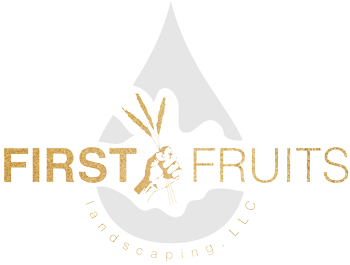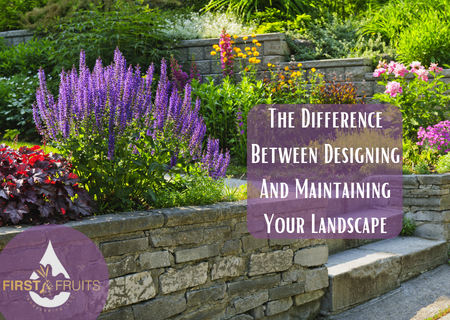Designing and maintaining your landscape are integral parts of landscaping, each with its own unique processes and goals. While designing focuses on the initial planning and creation of an outdoor space, maintenance involves ongoing care to uphold its beauty and functionality. By understanding the difference between these two aspects, you can effectively create and preserve a stunning landscape that suits your preferences and stands the test of time.
The Difference Between Designing And Maintaining Your Landscape
Designing Your Landscape
Designing your landscape refers to the initial planning and creation of the outdoor space. It involves conceptualizing and implementing a vision for your garden or yard. Here are some key elements of landscape design:
Planning
This stage involves assessing the site and considering factors like soil quality, sunlight exposure, drainage, and existing structures. You’ll also identify your needs, preferences, and goals for the landscape.
Conceptualization
During this phase, you’ll develop a design concept or theme for your landscape. It may include selecting specific features like pathways, flowerbeds, trees, shrubs, water elements, seating areas, and lighting.
Drawing and Layout
Landscape designers often create detailed drawings, blueprints, or 3D models to visualize and communicate the design plan. These documents provide guidelines for the installation phase.
Plant Selection
Choosing suitable plants, including trees, flowers, shrubs, and grass, is a crucial part of landscape design. Consider factors like climate, soil type, maintenance requirements, and aesthetic appeal when selecting plants.
Hardscape Elements
Designing hardscape elements such as patios, decks, pathways, retaining walls, fences, and other built structures is an integral part of landscape design. These elements complement the overall design and add functionality.
Maintaining Your Landscape
Once your landscape design is implemented, maintaining it becomes an ongoing task. Landscape maintenance involves the care and regular upkeep of the outdoor space to ensure its health, functionality, and aesthetic appeal. Here are some key aspects of landscape maintenance:
Regular Maintenance Tasks
This includes activities like mowing the lawn, trimming hedges and shrubs, weeding flowerbeds, pruning trees, cleaning pathways, and removing debris. Regular maintenance keeps the landscape neat and attractive.
Irrigation and Watering
Ensuring proper irrigation and watering systems are in place and functioning correctly is vital for the health of your landscape. This includes adjusting watering schedules, monitoring water usage, and addressing any issues promptly.
Fertilization and Soil Management
Applying fertilizers, compost, or other soil amendments to maintain soil fertility and health is crucial. Regular soil testing and analysis can guide the appropriate use of fertilizers and other treatments.
Pest and Weed Control
Monitoring for pests, diseases, and invasive weeds is essential. Implementing appropriate control measures such as integrated pest management techniques and using eco-friendly weed control methods help preserve the landscape’s health.
Seasonal Care
Different seasons require specific maintenance tasks. This can include planting seasonal flowers, preparing the landscape for winter, managing leaf fall, and protecting plants from extreme weather conditions.
Upgrading and Enhancing
Over time, you might want to add new features or make changes to your landscape. This could involve installing additional plants, modifying hardscape elements, or redesigning certain areas. Regular maintenance may include these upgrade activities.
In Conclusion
Landscape design and maintenance play vital roles in creating and sustaining a beautiful outdoor environment. Landscape design encompasses the imaginative process of planning and executing an aesthetically pleasing and practical landscape, while landscape maintenance ensures the longevity and vitality of the created space. By recognizing the distinction between these two aspects, one can effectively achieve and sustain a landscape that not only meets its vision but also thrives in its beauty and health over time.
To obtain further details about landscape redesign or ongoing maintenance services in Snohomish County, please reach out to us.

